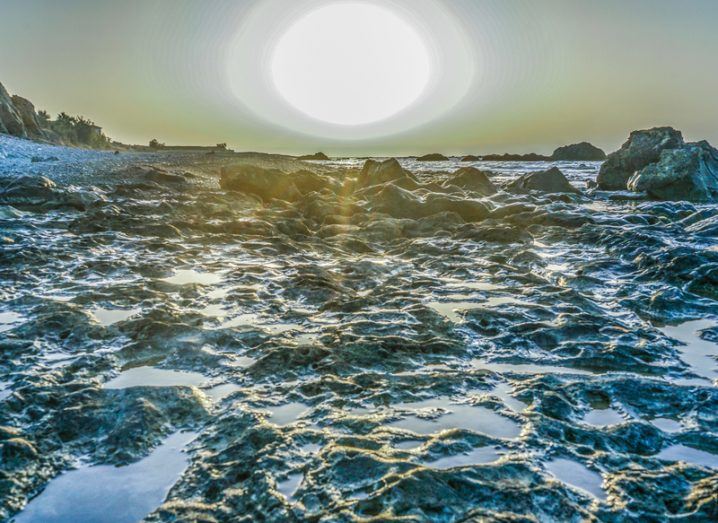The initial findings from the Zhurong rover’s radar imager analysis revealed two intriguing underground layers.
Through analysis of subsurface layers, the Zhurong rover, which was launched by China in 2021 and landed on Mars in 2021, discovered indications that massive floods occurred on the red planet billions of years ago.
Utopia Planitia, located in the northern half of Mars, was chosen as the site for the rover’s landing. Using ground-penetrating radar, the rover was able to identify two horizontal layers beneath the surface. These are the initial results obtained by the radar imager on the rover.
Although liquid water was not discovered, an analysis published in the journal Nature showed that each of these layers at depths ranging from 10 to 80 meters had smaller rocks spread out over larger ones.
Mars Report

The researchers are investigating whether or not these were caused by flooding. According to the report that was published on September 27, 2022, the older, deeper, and thicker layer that is between 30 and 80 meters underground were most likely formed by rapid flooding three billion years ago.
This information comes from the report. It is possible that another flood occurred approximately 1.6 billion years ago when there was a lot of glacial activity, and that it was responsible for creating the upper layer, which has a depth of between 10 and 30 meters.
The radar sends out radio waves, which reflect off of the materials in the ground to reveal two essential characteristics of those materials: the grain size of the material and its capacity to hold an electric charge. In most cases, the presence of larger objects is indicated by stronger signals.
The previous exploration of Mars has revealed that there was once water present on the planet’s surface, in addition to indicating the existence of massive floods.
However, some of the indicators could have been caused by lava flow as well, and the radar data are not sufficient to determine whether the materials found underground were sediments or volcanic remnants.
According to Svein-Erik Hamran, a planetary scientist at the University of Oslo, radar data are good at indicating the layering and geometry of subsurface material, but they are not so good at pinpointing its composition, including whether the material is ice or rock.
According to the report, the rover represents China’s first mission to Mars, and further discoveries are anticipated as a result of the mission.













